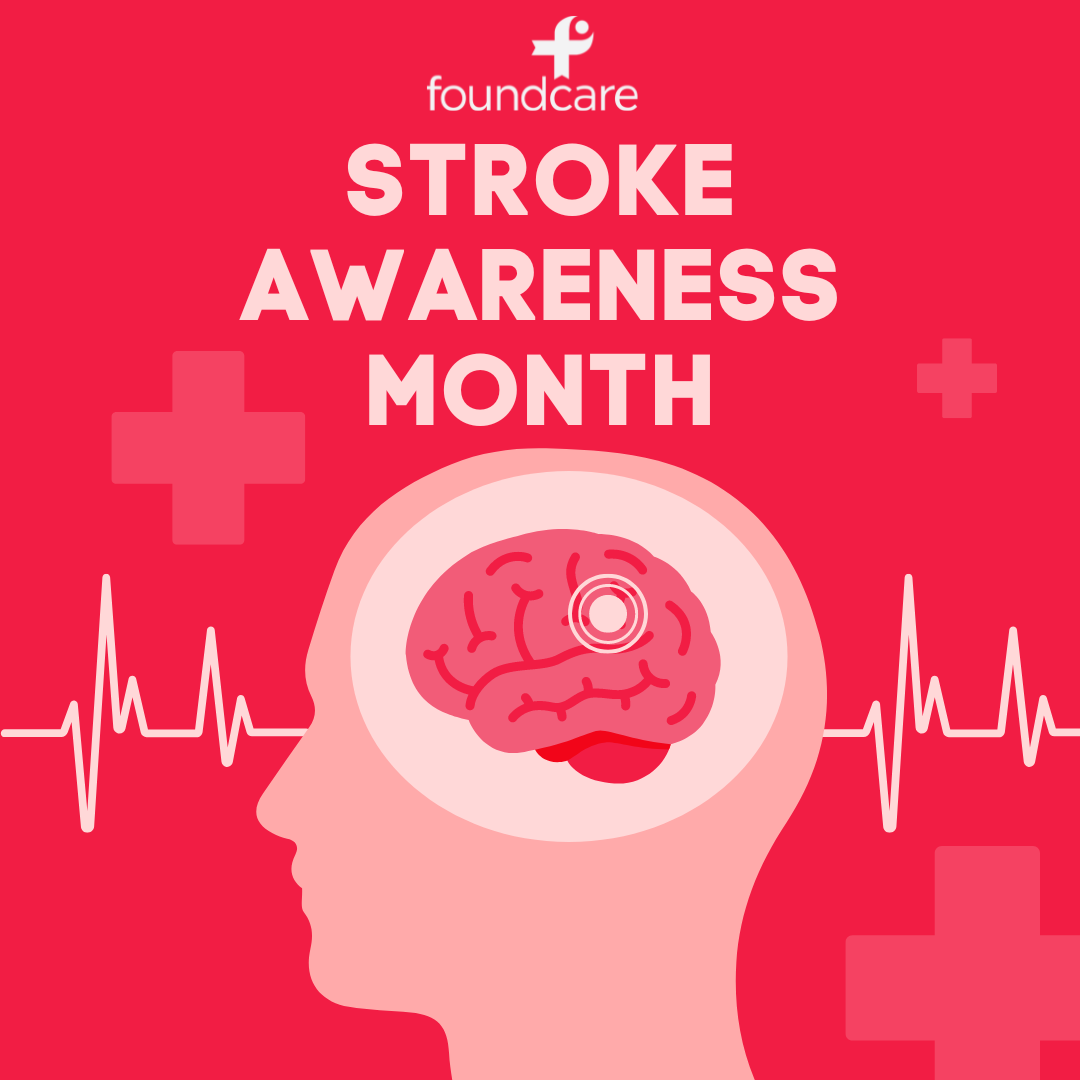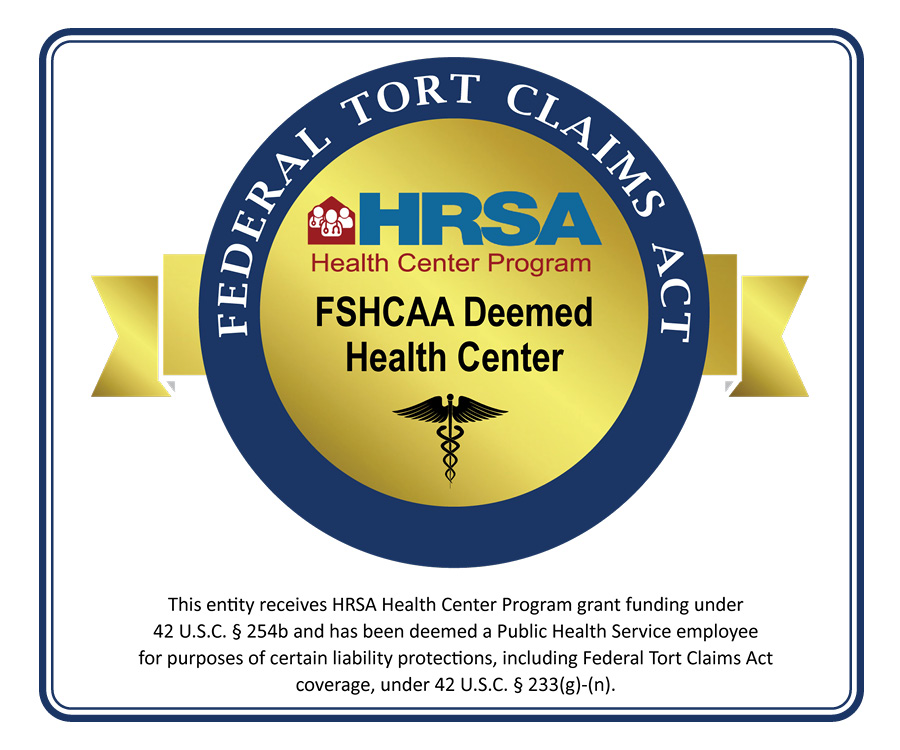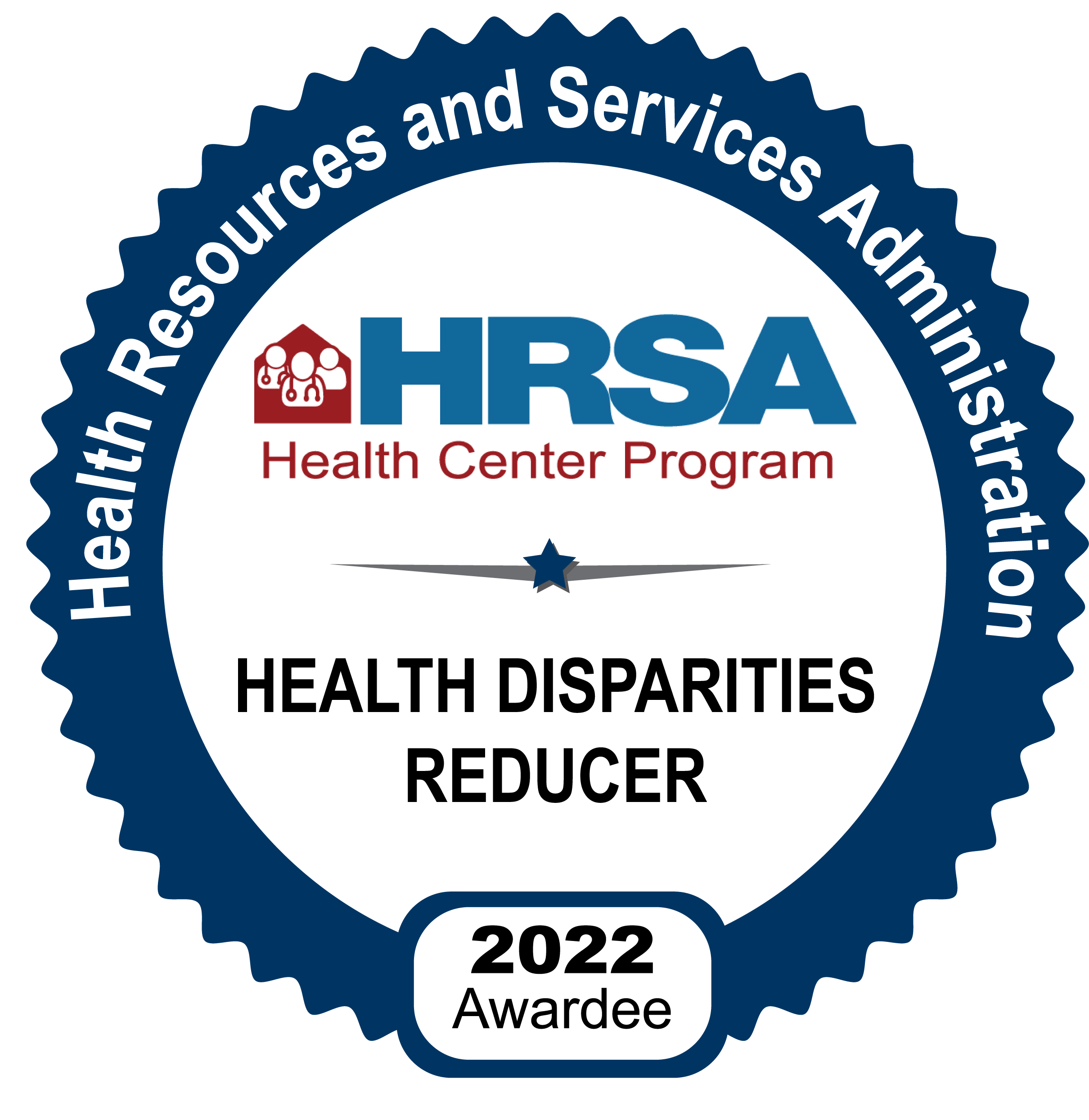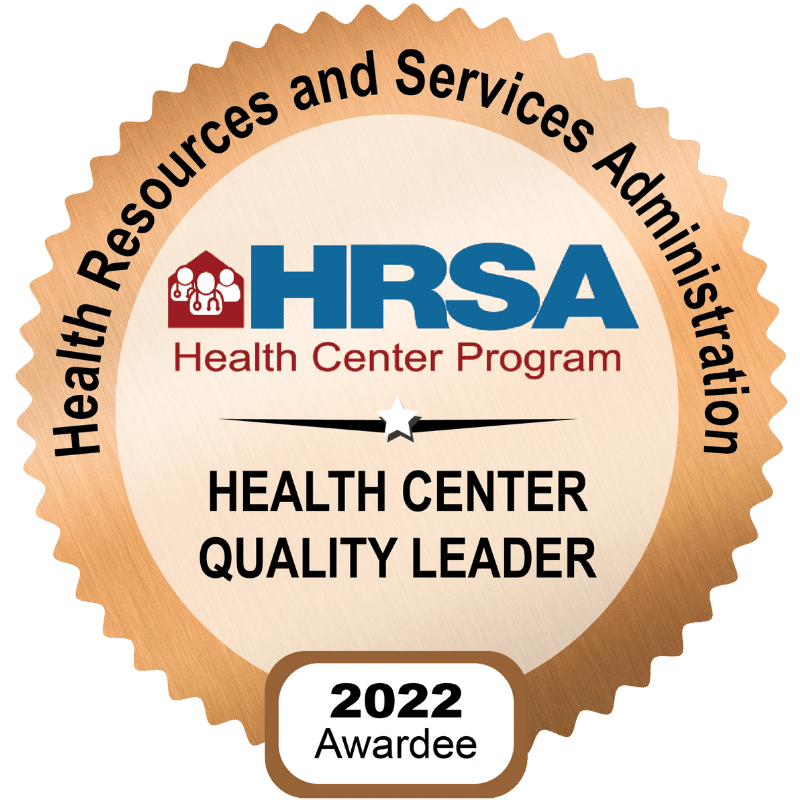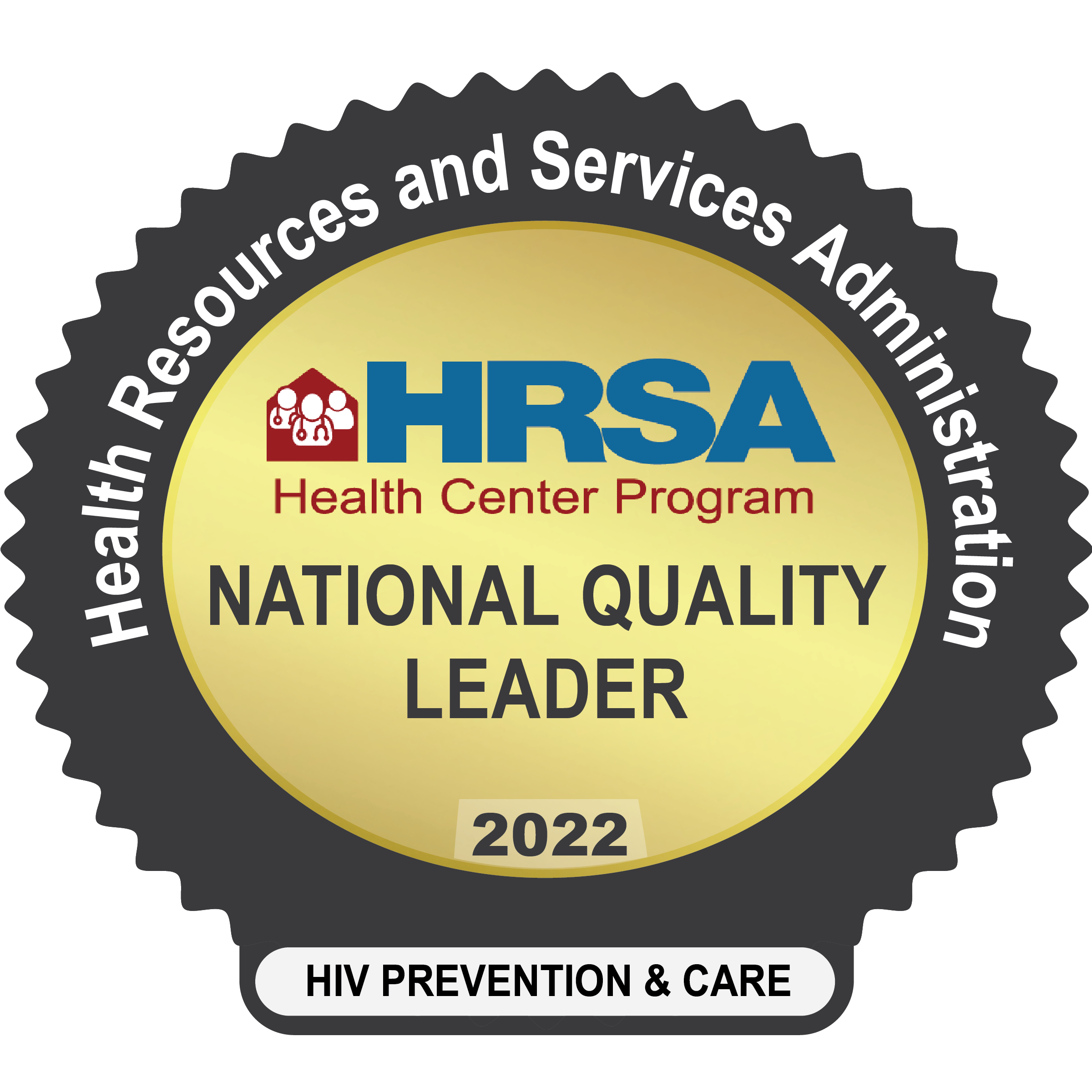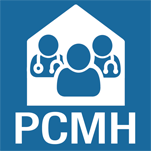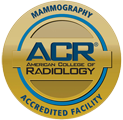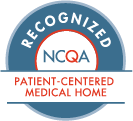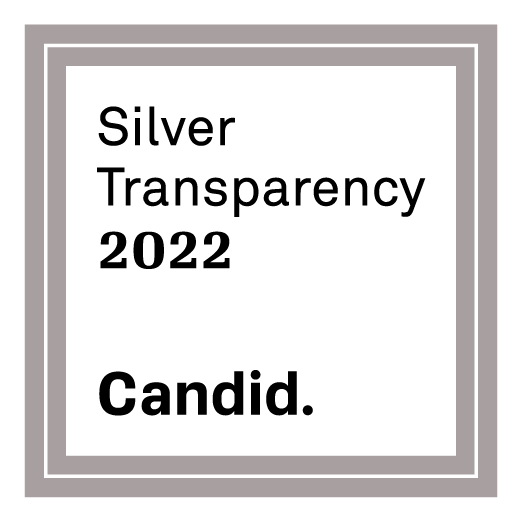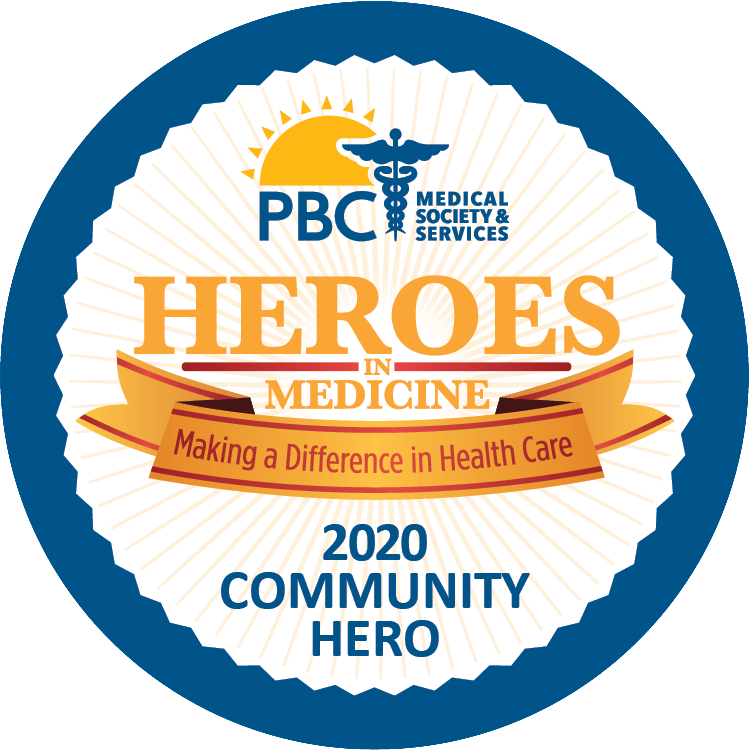Immediate attention to a stroke is critical, as it can be a matter of life and death. A stroke occurs when the blood supply to part of the brain is interrupted or reduced, depriving brain tissue of the oxygen and nutrients it needs. Brain cells begin to die within minutes, making prompt treatment essential to reducing brain damage and improving outcomes. Strokes are a leading cause of serious long-term disability and the fifth leading cause of death in the United States, according to the CDC. Recognizing the symptoms of a stroke and acting quickly can mean the difference between recovery and long-term disability, or even life and death.
Common Symptoms of a Stroke
The symptoms of a stroke can vary depending on its type and the part of the brain affected. However, the common signs listed below require urgent attention. One of the most effective ways to remember the key symptoms of a stroke is the acronym FAST:
- Face drooping: One side of the face may droop or feel numb. Ask the person to smile and see if their smile is uneven or lopsided.
- Arm weakness: One arm may be weak or numb. Ask the person to raise both arms. Pay attention to if one arm drifts downward.
- Speech difficulty: Speech may be slurred or hard to understand. Ask the person to repeat a simple sentence. Are the words slurred or incorrect?
- Time to call 911: If someone shows any of these symptoms, even if they go away, it’s time to call emergency services immediately- every minute counts.
Additional Symptoms
While the FAST symptoms cover the most common signs, there are other symptoms to be aware of:
- Sudden confusion or trouble understanding: This can include difficulty comprehending simple statements or suddenly being unable to process information.
- Sudden trouble seeing in one or both eyes: Vision problems, such as sudden blurred or blackened vision, or double vision, can occur.
- Sudden trouble walking: Can include dizziness, loss of balance, or lack of coordination.
- Sudden severe headache: A sudden, severe headache with no known cause, sometimes described as the worst headache of one's life, can indicate a stroke.
What to Do if You Suspect a Stroke
If you or someone else exhibits symptoms of a stroke, it is critical to act fast:
- Call 911 immediately: Do not drive the person to the hospital. Emergency responders can begin treatment on the way to the hospital.
- Note the time: Pay attention to when the symptoms first appeared. This vital piece of information can help healthcare providers determine the best treatment.
- Stay with the person: Keep the individual safe and as comfortable as possible while waiting for emergency medical help.
Recognizing the symptoms of a stroke and responding quickly can save lives and improve recovery chances. By familiarizing yourself with the FAST acronym and additional signs of a stroke, you can be prepared to act swiftly and effectively in an emergency. Remember, every second counts when dealing with a stroke, so don’t hesitate to call for help the moment you recognize the first sign of symptoms.

